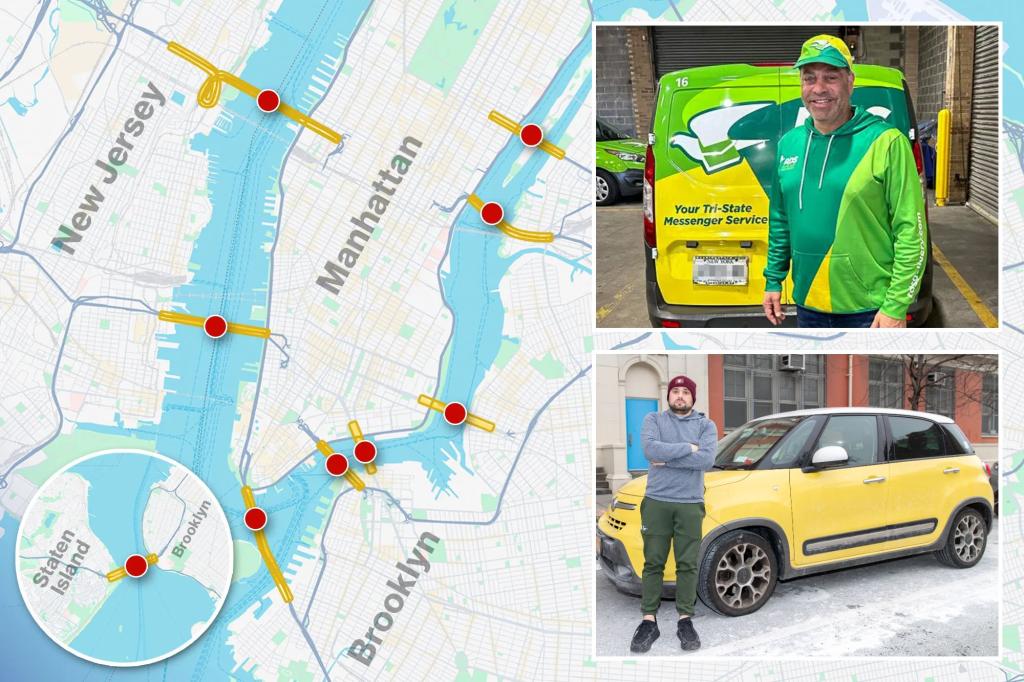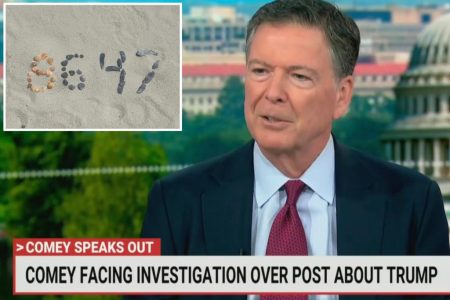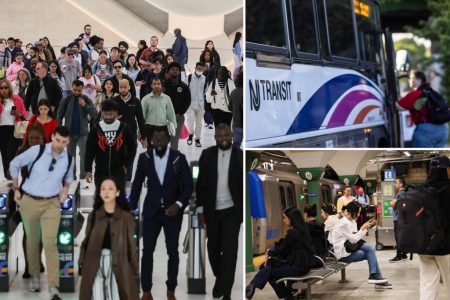Congestion pricing is set to be implemented in Manhattan, with cars facing charges of up to $27 to enter the congestion zone. Business owners fear they will have to increase their prices to cope with the new costs. Currently, over 700,000 vehicles enter the congestion charge area daily, and with the new pricing, the Metropolitan Transport Authority aims to reduce that number by around 100,000 vehicles. The congestion charge will impact small trucks, large trucks, tour buses, and yellow taxis, adding to their daily expenses.
Delivery service companies are among the hardest hit by the congestion prices. RDS Delivery Service president Larry Zogby estimates the new fees will cost his business over a million dollars annually. However, those in favor of congestion pricing argue that it is necessary to reduce traffic and encourage the use of public transportation. The revenue raised from the tolls will primarily be used to improve the city’s subway system and buses, according to the MTA.
Firefighters are also concerned about the impact of congestion pricing. Many firefighters use their own cars to move between homes and various firehouses. The FDNY Uniformed Firefighters Association of Greater New York fears that the toll charges will force firefighters to carry heavy gear on public transit, which can be unsafe due to the equipment’s exposure to carcinogens. The union has requested exemptions or reimbursement for firefighters driving to firehouses below 60th Street.
Small business owners, like Brooklyn plumber Paul Belli, are also worried about the implications of congestion pricing. Belli plans to pass the added costs to customers through price increases or surcharges. School teacher Paul Caminiti shares his concerns, as he commutes from Staten Island to the East Village daily. He is frustrated by the new charges and believes they are excessive. Despite being implemented in other major cities globally, congestion pricing in Manhattan has faced criticism and opposition from various segments of the population.















